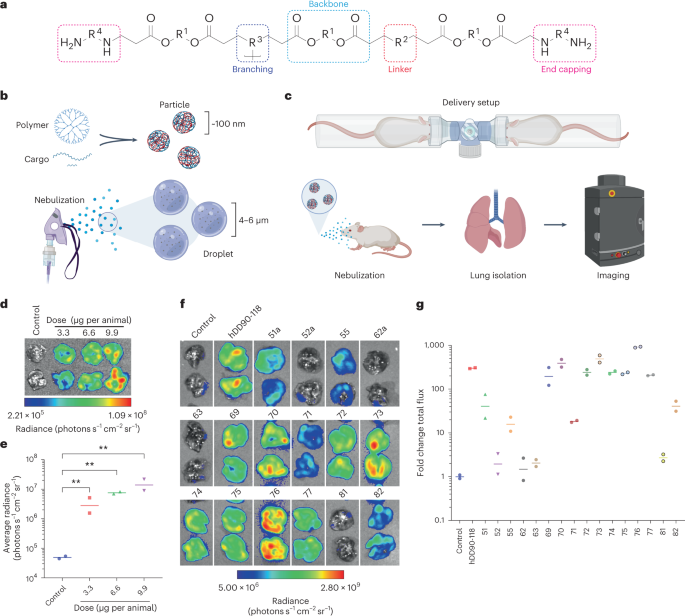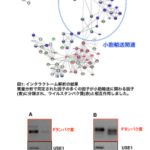UCIとジョンズ・ホプキンスの研究者が、生物学的な手法による鉱物修飾を発見 UCI and Johns Hopkins researchers uncover mineral modification through biology
2022-12-08 カリフォルニア大学校アーバイン校(UCI)
この研究成果は、『Materials Today Bio』誌に掲載された論文で紹介されており、生体模倣型の新しい採掘方法への道筋を示すものと考えられる。また、この成果は、月や火星のような過酷な環境での土木工学に役立つ規模の大規模な3Dプリントや積層造形に微生物を利用するための一歩になると考えている。
アタカマ砂漠の石膏サンプルから見つかったシアノバクテリアは、その岩石の生息地を生き残るために最も驚くべき適応を開発した。
その中には、遠赤色光子を吸収するクロロフィルの生成や、周囲の鉱物から水と鉄を抽出する能力も含まれている。
研究者たちは、高度な電子顕微鏡と分光装置を用いて、石膏に含まれる鉱物そのものが変化する様子を観察し、微生物が石膏の中にいる証拠を見つけた。
シアノバクテリア細胞は、細胞外高分子物質を豊富に生成することでマグネタイトの溶解と鉄の可溶化を促進し、マグネタイトの溶解とヘマタイトへの酸化を導いた。シデロフォア(細菌や菌類が生成する鉄結合性化合物)の生産は、マグネタイトナノ粒子の存在下で強化され、シアノバクテリアがマグネタイトから鉄を獲得するために使用することが示唆された。
<関連情報>
- https://news.uci.edu/2022/12/08/microbial-miners-could-help-humans-colonize-the-moon-and-mars/
- https://www.sciencedirect.com/science/article/pii/S2590006422002915
極限環境に生息するシアノバクテリアによる鉄の獲得とミネラル変換 Iron acquisition and mineral transformation by cyanobacteria living in extreme environments
Wei Huang,Taifeng Wang,Cesar Perez-Fernandez,Jocelyne DiRuggiero,David Kisailus
Materials Today Bio Available online :15 November 2022
DOI:https://doi.org/10.1016/j.mtbio.2022.100493

Abstract
Iron is an essential micronutrient for most living organisms, including cyanobacteria. These microorganisms have been found in Earth’s driest polar and non-polar deserts, including the Atacama Desert, Chile. Iron-containing minerals were identified in colonized rock substrates from the Atacama Desert, however, the interactions between microorganisms and iron minerals remain unclear. In the current study, we determined that colonized gypsum rocks collected from the Atacama Desert contained both magnetite and hematite phases. A cyanobacteria isolate was cultured on substrates consisting of gypsum with embedded magnetite nanoparticles. Transmission electron microscopy imaging revealed a significant reduction in the size of magnetite nanoparticles due to their dissolution, which occurred around the microbial biofilms. Concurrently, hematite was detected, likely from the oxidation of the magnetite nanoparticles. Higher cell counts and production of siderophores were observed in cultures with magnetite nanoparticles suggesting that cyanobacteria were actively acquiring iron from the magnetite nanoparticles. Magnetite dissolution and iron acquisition by the cyanobacteria was further confirmed using large bulk magnetite crystals, uncovering a survival strategy of cyanobacteria in these extreme environments.


